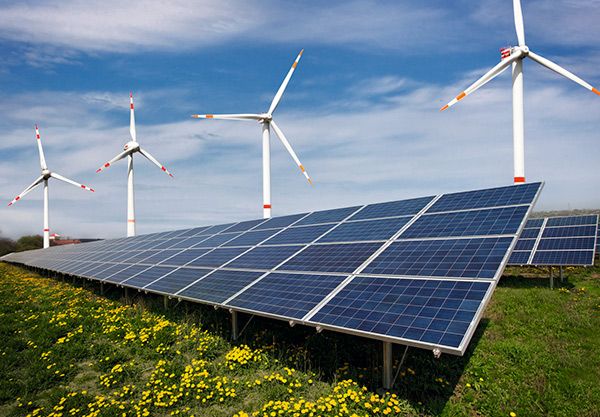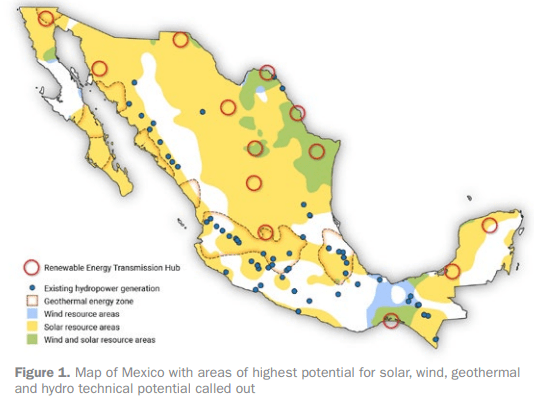Clean energy: Mexico can be a power according to NREL

Mexico is ideally positioned to become a clean energy powerhouse given its world-class renewable energy resource potential and the low cost of renewable energy generation.
That is the conclusion reached by the National Renewable Energy Laboratory (NREL), an US laboratory that specializes in the research and development of renewable energy, energy efficiency, integration of energy systems and sustainable transportation.
From NREL’s perspective, the rapid growth in the deployment of renewable energy in Mexico could generate high levels of investment, increase access to energy, reduce costs for consumers and, along with other actions, improve the reliability and resilience of the system. Mexico’s electrical system.

Mexico’s energy transition law set the goal of satisfying at least 35% of its electricity generation from clean energy sources by 2024.
In 2021, Mexico generated 86.27 TWh or 26.7% of its electricity from clean energy resources.
By 2024, electricity demand is expected to grow 12.7 percent.
Deploying renewable energy at scale would allow Mexico to meet its clean energy goals while increasing its energy security, attracting significant new investment, growing its national and regional economies, and creating new, high-quality energy sources.
Renewable energy technologies are also the most cost-effective way to provide rural electrification solutions. Access to electricity improves education, health, and other social services that improve the quality of life for underserved communities.
For the NREL, the generation of clean energy in Mexico is also necessary to promote the electrification of the transport sector, which would improve air quality
Clean energy
Mexico’s large and diverse renewable energy resource base could support significant growth in clean generation capacity.
In general, according to NREL, Mexico’s renewable resources are well distributed throughout the country.
The national technical potential includes 24,918 GW2 of photovoltaic solar energy, 3,669 GW2 of wind energy, 2.5 GW3 of conventional geothermal energy, and 1.2 GW4 of additional capacity from existing hydroelectric facilities.
Combining transmission planning with the development of available renewable energy in key regions can increase energy access, promote economic growth, and lower electricity prices while increasing system reliability.
NREL is a federally funded research and development center sponsored by the US Department of Energy and operated by the Alliance for Sustainable Energy (ASE), a joint venture between MRIGlobal and Battelle.
![]()

